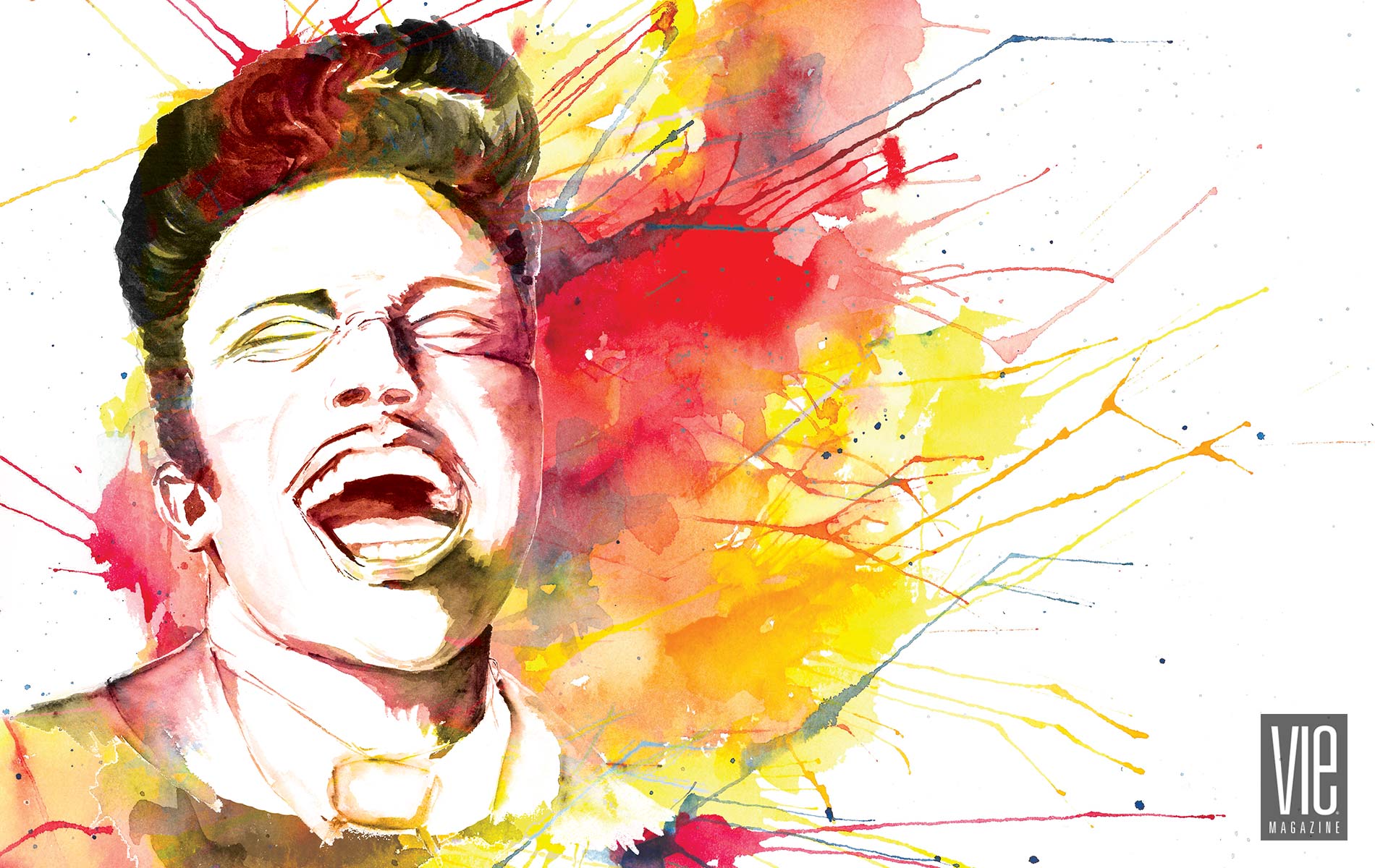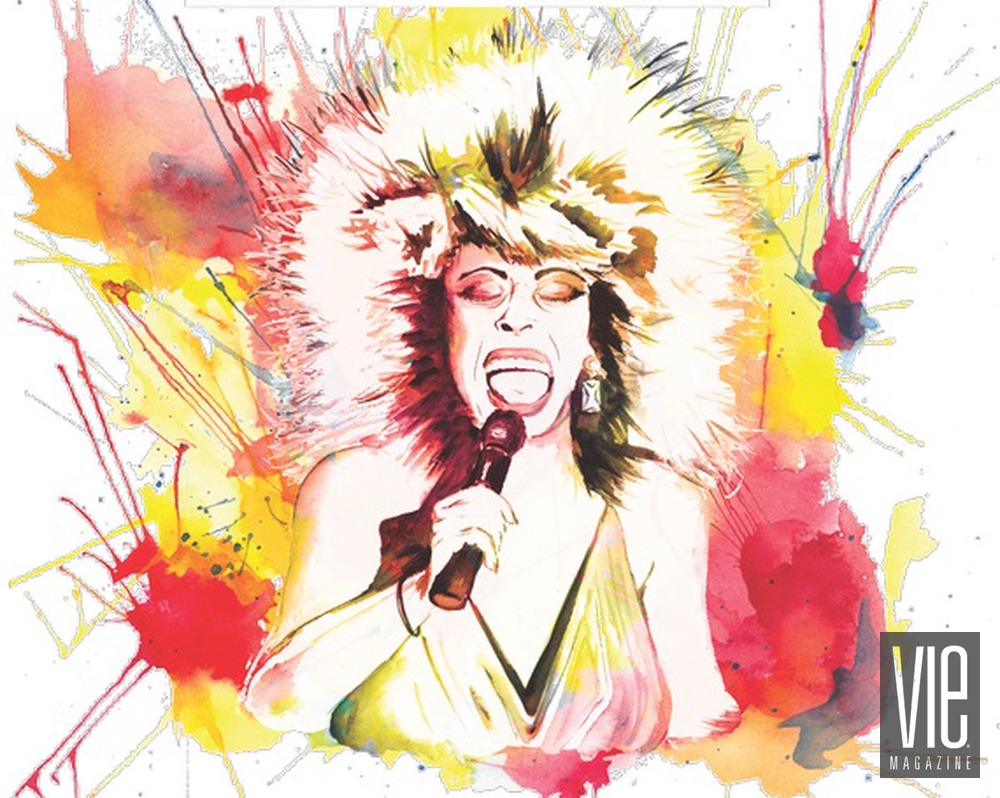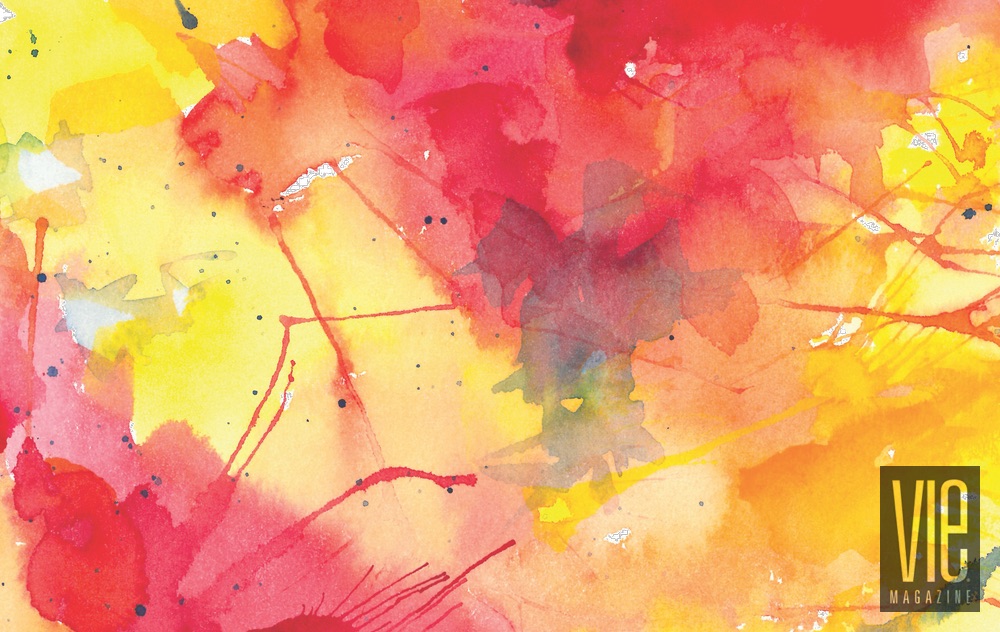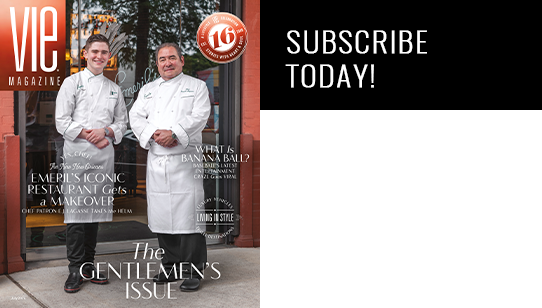
vie-magazine-art-of-the-scream-illustration-hero
The Art of the Scream
BY NICHOLAS S. RACHEOTES | ILLUSTRATIONS BY LUCY MASHBURN
If you are expecting a disquisition on Edvard Munch’s famous painting The Scream and its meaning and history since its creation in 1893, I’m going to disappoint you. The lost art of the scream of which I sing lies with early and not-so-early rock music. Gone are the days when the inattentive listener would be warned of an impending guitar or sax solo by an ear-shattering outburst by the lead vocalist.
The lost art of the scream of which I sing lies with early and not-so-early rock music.
While we’re talking about the Beatles, the shy, retiring George Harrison may have been too polite to cut loose, but that was certainly not the case with John Lennon. His wonderful shriek on the Beatles’ cover of Larry Williams’s “Slow Down” is but one example of his powerful lungs. But we needn’t linger over the British invaders, such as the Dave Clark Five, because we also “got to do the thing with soul.”

Brother Ray Charles shouted his lament when admonished to vacate the premises in “Hit the Road Jack.” He also expressed sentiments at the complete opposite end of the emotional spectrum in “What’d I Say,” overstepping the bounds of what was acceptable on AM radio in its heyday. Later, few such restrictions confronted the Godfather of Soul, James Brown, when his prolonged and profound screams in recorded live concerts were of operatic proportions—and are too numerous to mention.
While Mr. Brown was “feeling good,” a blue-eyed soul group, the Young Rascals, who eventually matured into the Rascals, were also nearly breaking glass, if not the sound barrier, in their number “Come on Up,” in their own killing version of “Slow Down,” and in “Good Lovin’,” with its channel switching that will have your earbuds blooming. In the 1960s, when the Chambers Brothers elected to jump the chasm separating gospel/blues from psychedelic, the yell in “Time Has Come Today” is remarkable for its sheer duration.

But why are we letting the men have all the fun? Before Tina Turner wondered “What’s Love Got to Do With It,” she drove the recording equipment to distraction and distortion with her vocals on “A Fool in Love.” Even the Supremes threw their audience a very loud kiss in “When the Love Light Starts Shining through His Eyes.” The Shangri-Las practiced the art of osculation in “Give Him a Great Big Kiss” and later shouted for the leader of the pack to “Look out!”
We cannot leave the women without attending to the Texas pearl, Janis Joplin. When she invited us to “Take a Piece of My Heart,” she sent us over the precipice. The way was prepared for Beyoncé’s plea for devotion, if not fidelity, in “Single Ladies (Put a Ring on It)” and for the light and not-so-light pop porn interjections of Katy Perry’s “Firework.” With the dawn of the twenty-first century, the singer-songwriters have become so fixated on their own poetry, and the hip-hoppers and rappers so preoccupied with dance and night moves, as to be completely unconcerned with shouting us into a virtuosic instrumental break.
I guess the art of the rock ’n’ roll scream isn’t utterly extinct; it has just migrated from the singers of the 1950s and ’60s to the audiences of today.
In the end, if you’ve been playing along, the wax may have melted in your ears, your clicking digit may be numb, and you may have compiled a far better list of rock screamers than the one presented above. Are you still searching for where the rockin’ scream has gone? I suggest attending a concert. You’ll find grandmothers and grandfathers screaming at the Rolling Stones and Parrotheads doing their part for Jimmy Buffett as they become citizens of Margaritaville. Should your tastes veer toward country, you’ll find truck-driving men and aspiring redneck women giving it up for their girls with guitars or favorite male artists. Did I leave out the millions of millennials picking up the echoes from what used to greet Elvis? I guess the art of the rock ’n’ roll scream isn’t utterly extinct; it has just migrated from the singers of the 1950s and ’60s to the audiences of today.
— V —
Nick Racheotes is a product of the Boston public schools, Brandeis University, and Boston College, from which he holds a PhD in history. Since he retired from teaching at Framingham State University, Nick and his wife, Pat, divide their time between Boston, Cape Cod, and the Western world.
Share This Story!
KEEP UP WITH THE LATEST STORIES FROM VIE




































































































































